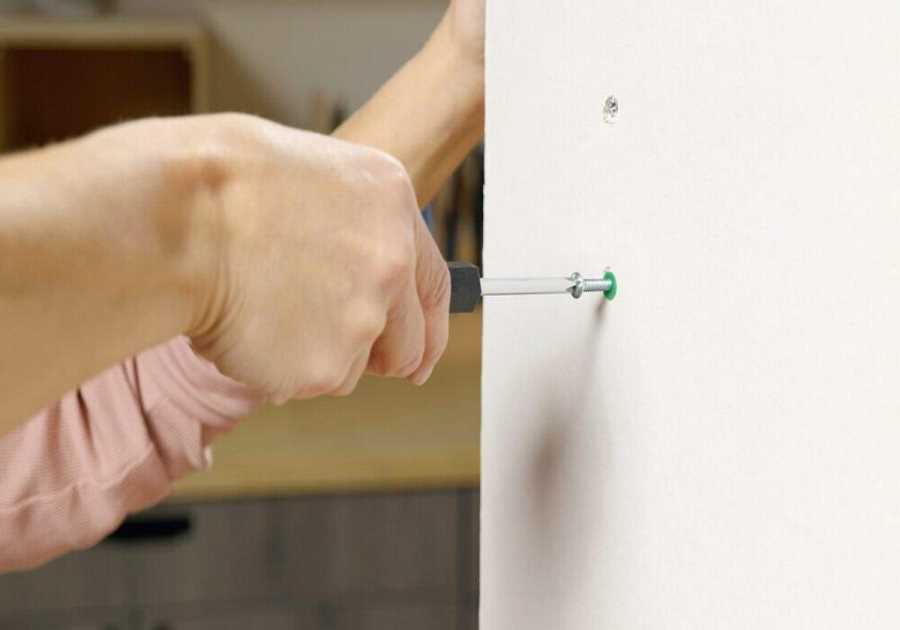
WASHINGTON — Ken O’Shea spent eight years working in retail pharmacies, first as a technician and then as a pharmacist. He liked working on the front lines and seeing his patients get better over time.
But during the pandemic, Mr. O’Shea said, he had less and less time to counsel patients. On top of his regular job, he had to juggle coronavirus vaccinations and testing, more phone calls and angrier customers who would berate him if prescriptions took longer to be filled. His workload worsened after three colleagues quit in the span of two months.
Mr. O’Shea, a 28-year-old pharmacist in Virginia Beach, quit working full time at Walgreens on Dec. 30 and recently began a job at an insurance company. He has been working one shift every two weeks at Walgreens while the pharmacy is still understaffed, he said.
Nearly two years into the pandemic, pharmacists and technicians across the nation are under intense strain as their jobs shift from filling prescriptions and counseling patients to administering Covid-19 vaccines and tests, handing out masks and dealing with increasingly angry customers.
The situation has been exacerbated by a labor shortage that has squeezed most industries and that has resulted in droves of nurses and caretakers leaving their posts in a pandemic that has pushed them to the brink.
Large retail pharmacy chains have tried to respond, with some reducing store hours, increasing starting wages, offering more breaks and giving out bonuses to retain employees. But customers have felt the impact, with some experiencing disruptions in vaccine appointments, longer lines to pick up prescriptions and frustration over securing masks and at-home virus tests.
The situation is worrying the pharmacy industry. Scott Knoer, the executive vice president and chief executive of the American Pharmacists Association, said inadequate staffing posed serious health risks by increasing the chances that workers make mistakes while filling prescriptions or inoculating patients. A survey released last month from the association found that 74 percent of respondents said they did not think they had sufficient time to safely perform patient care and clinical duties.
Mr. Knoer said pharmacies were struggling to deal with a lack of pharmacists and technicians, though shortages have been most dire for technicians, who serve as support staff and help dispense medication. Technicians receive a median hourly wage of $16.87 and have more options to pursue better-paying jobs in other industries. There were 166,337 pharmacy technician job postings through the fourth quarter of 2021, up about 21,100 from the year prior, according to a Pharmacy Workforce Center report.
Some of the biggest pharmacy chains have hired thousands to deal with the increased workloads, but company representatives say stores are still struggling to fill open positions.
Fraser Engerman, a spokesman for Walgreens, said the company had responded to labor shortages by reducing some store hours, lifting wages and adjusting vaccine appointment availability. Mr. Engerman said most stores were still operating normal hours.
In October, Walgreens increased its starting wage to $15 an hour for technicians, a rate that will increase by a dollar this year. The company has also awarded bonuses of $700 to $1,250 to pharmacists and new technicians.
Rite Aid recently temporarily closed most pharmacies an hour early on weekdays to allow its pharmacy staff to “catch up from the day and prep for the next,” said Terri Hickey, a Rite Aid spokeswoman. Most of its pharmacies are limiting walk-in hours for immunizations to just one hour a day.
“Even when stretched, we are working hard to stay open and support the health of our customers,” Ms. Hickey said in a statement.
While most CVS stores are operating normal hours, some have temporarily closed on one or both days of the weekend, said Michael DeAngelis, a CVS spokesman. To attract and retain workers, he said, the company is giving employees more scheduled breaks and will raise its minimum wage to $15 an hour this summer.
In some cases, reduced hours at pharmacies have led to disruptions in vaccine appointments with no notice.
Mark Kulhavy, 48, a sales representative in Rock Island, Ill., said he took his 16-year-old son to their local Walgreens for his booster appointment on Jan. 6. But before entering, Mr. Kulhavy saw a sign on the door that said the store could not administer vaccinations that day because of staffing shortages. The technician behind the counter told Mr. Kulhavy to try another Walgreens nearby, where they waited half an hour for his son to receive a shot.
Mr. Kulhavy said he understood that the pharmacy staff was not at fault, but he wished he had been notified about the closure.
“Part of me was frustrated,” Mr. Kulhavy said. “I jumped through hoops to get him there on time when he got out of school only to walk up to the door and see that sign.”
Nicole Christian-Brathwaite, 40, a psychiatrist in Boston, said her husband tried to pick up his medication at their local Walgreens on Jan. 12, but the drive-through was closed because there were not enough workers. After entering the store, her husband saw at least a dozen people standing in line, and he later left over fears of catching the virus.
Ms. Christian-Brathwaite said many of her patients had also started to ask for 90-day prescriptions instead of 30-day ones to avoid dealing with pharmacy delays. She called it another symptom of the nation’s “crumbling” health care system.
Michael Hogue, a former president of the American Pharmacists Association and the dean of Loma Linda University’s School of Pharmacy, said some pharmacies were already operating with fewer workers before the pandemic because some chains were trying to reduce staff and close stores to lift profitability. Once the United States started rolling out vaccines, chain pharmacies went on hiring sprees.
But companies may find it harder now to attract and retain employees who are not willing to take on the extra workload. Jon C. Schommer, a professor at the University of Minnesota’s College of Pharmacy, said wages were already stagnating before the pandemic because more pharmacy schools opened in response to a shortage of workers in the 2000s. In 2020, the median annual salary for pharmacists was $128,710, according to the Bureau of Labor Statistics.
Although some chains are offering financial incentives, a recent survey from the American Pharmacists Association found that 47 percent of respondents said they were working more hours during the pandemic, while only 12 percent reported a salary increase.
Pharmacists and technicians said they were leaving retail pharmacies for jobs at hospitals or pharmaceutical companies, while some have simply decided not to work for now.
People on social media have aired their concerns under the hashtag “PizzaIsNotWorking.” Bled Tanoe, 35, an Oklahoma City pharmacist who left Walgreens in August to work at a hospital, started the campaign to underscore the strain that pharmacists and technicians were feeling. She now is pressing pharmacies to increase pay and provide more support to staff.
Emily Sis-Sosa, a 26-year-old in Kernersville, N.C., said she could no longer work as a technician at a large retail chain after her workload swelled and some customers grew angrier during the pandemic. If prescriptions were delayed, some would throw empty prescription bottles or insurance cards at her.
“I had never experienced rage like that from people that I knew for six years,” she said.
Ms. Sis-Sosa said the job was not worth the $16.95 she made an hour. She left in September to work for a drug distribution company.
Dallas Reynolds, 35, a pharmacist in Northern Virginia, said he had felt increasingly burned out over the course of the pandemic. Although he would work longer hours to catch up, he said, the pharmacy would often be two or three days behind on filling prescriptions. Since he quit in December, he said, he has felt less anxious and depressed, even though he was unsure what he would do for work next.
“I was happier taking a break from work than I was actually having a stable job and getting a paycheck,” Mr. Reynolds said. “That’s how bad it was.”
Smaller independent pharmacies have also experienced staffing challenges. Sixty-eight percent of independent community pharmacies reported having a difficult time filling staff positions, according to a recent survey from the National Community Pharmacists Association.
Sonia Martinez, a 55-year-old pharmacist who co-owns Marco Drugs and Compounding in Miami, said it took four months to fill an open technician position, a task that would have normally taken a few weeks. Ms. Martinez works about 15 extra hours every week, she said, leaving her with less time to spend with family.
“I don’t know when it’s going to end,” Ms. Martinez said. “It’s just frustrating.”
Title: Angry Customers, More Work and Longer Hours Strain Pharmacists
Sourced From: www.nytimes.com/2022/02/10/us/politics/pharmacists-strain-covid.html
Published Date: Thu, 10 Feb 2022 10:00:07 +0000






